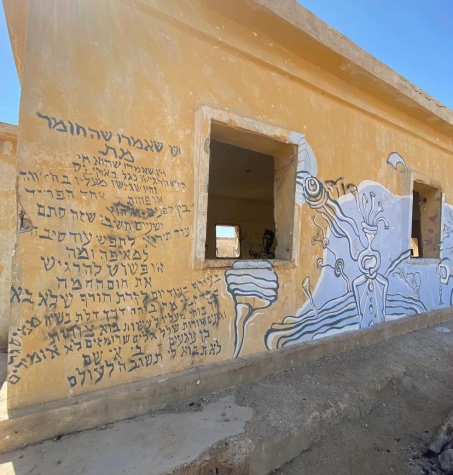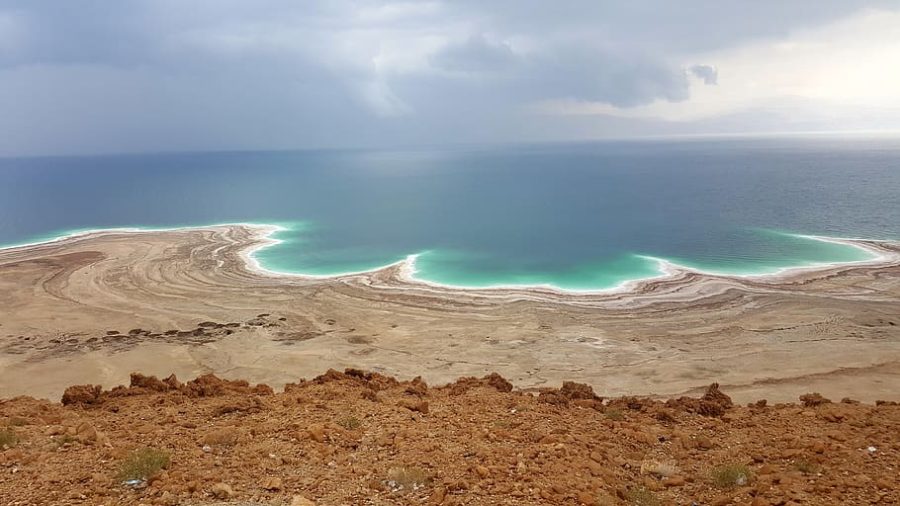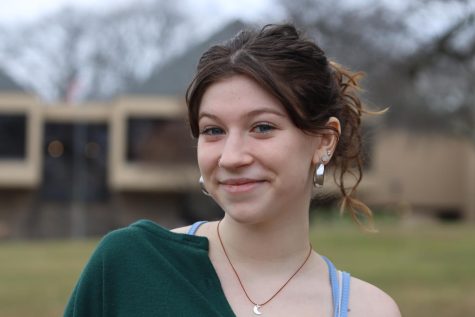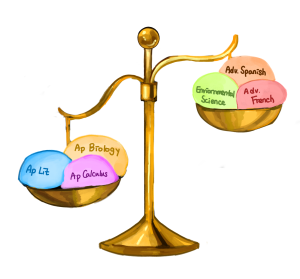The Dead Sea: An environmental- and spiritual disaster
In her story, Aviv Emery highlights the Dead Sea drying up, and how it affects Israeli and Jewish culture.
April 10, 2023
Yam HaMelach (יַם הַמֶּלַח, اَلْبَحْرُ الْمَيْتُ), a spiritual wasteland with a beach littered in sharpened salt crystals, unable to be touched without being covered head to toe in black mud, and with water warmer than the air that surrounds it, is shrinking rapidly. Yam HaMelach, more familiarly known as the Dead Sea, is a salt lake bordering Jordan to the East, and Israel and Palestine to the West.
The salt lake is most famous for being the lowest point on earth, sitting at around 430 meters below sea level. However, in more recent years, the salt lake has started dropping around three feet every year, and it’s not the only one. Why are so many lakes drying up? The simple answer is, of course, climate change.

Recently, sinkholes have started to appear around the Dead Sea, primarily caused by the lowering water level. These sinkholes have continued to appear, eating up beaches, highways, and infrastructure. Meanwhile, marshes are starting to grow near the Dead Sea, giving life to the area around the Dead Sea, which previously couldn’t sustain any living thing as the name “Dead Sea” suggests. Its saline levels prevent almost any living thing from being able to survive, even humans are only supposed to go in the lake for 10 to 15 minutes.
The Dead Sea, which is also one of the biggest tourist attractions in Israel, is becoming less and less attractive to the tourist eye. Rabbi Mara Young, from Woodlands Community Temple, who in the past month went on a trip to Israel, spoke on the Dead Sea’s shrinkage. “The Dead Sea is the thing we teach you kids about from a young age. But because of what’s been happening at the Dead Sea, it’s really not such a pleasant experience to go there anymore… When I was your age, you rolled up to the Dead Sea and it was like a beach.” Young said. She continued, “But, because of the massive receding, the beach was really rocky, and the only way you could get in was on a platform, and slide in onto the rocks.”
The Dead Sea may be a tourist destination, but its drying up is harmful for a lot of reasons, including spiritually and medicinally. Jordan Lang, a Junior at Hall High School in West Hartford, Connecticut, spoke about her experience at the Dead Sea. “Visiting the Dead Sea was unlike anything I’ve ever experienced. I felt so connected to Israel and Judaism as a whole, and I want to take my family there one day in the future.” Lang visited Israel this past summer, and part of her trip was a day spent at Masada and the Dead Sea.
Medicinally, the Dead Sea has been used for thousands of years. The unique properties in the water have been known to improve health conditions. The Dead Sea has been known to help with arthritis, psoriasis, back pain, and much more. Dead Sea mud is also a worldwide recognized beauty product, helping acne and other skin related problems. Although great for your skin, the harvesting of Dead Sea minerals will never be replenished. The harvesting of mud doesn’t damage the Dead Sea, or take much water, but the minerals are a nonrenewable source, once they’re gone, they’re gone. However, right now the concentration of these minerals due to the lowering water levels, actually makes them more effective for therapeutic purposes.

Although the Dead Sea doesn’t have any extreme connections to Judaism, it has been an important part of Jewish culture for decades. Lang said, “ I can’t imagine an Israel without it, for me it feels like such an essential part of our culture.” But, many things have been written about the Dead Sea, for example, this anonymous author wrote about the Dead Sea and the Sea of Galilee, “The Sea of Galilee receives but does not keep the Jordan. For every drop that flows into it, another drop flows out. The giving and receiving go on in equal measure. The other sea is shrewder, hoarding its income jealously. It will not be tempted into any generous impulse. Every drop it gets, it keeps. The Sea of Galilee gives and lives. This other sea gives nothing. It is named the Dead Sea.” Mara agreed with the notion that this writing spread, “As people, just like the two seas, we thrive and live by taking and giving, as opposed to just taking.”
















